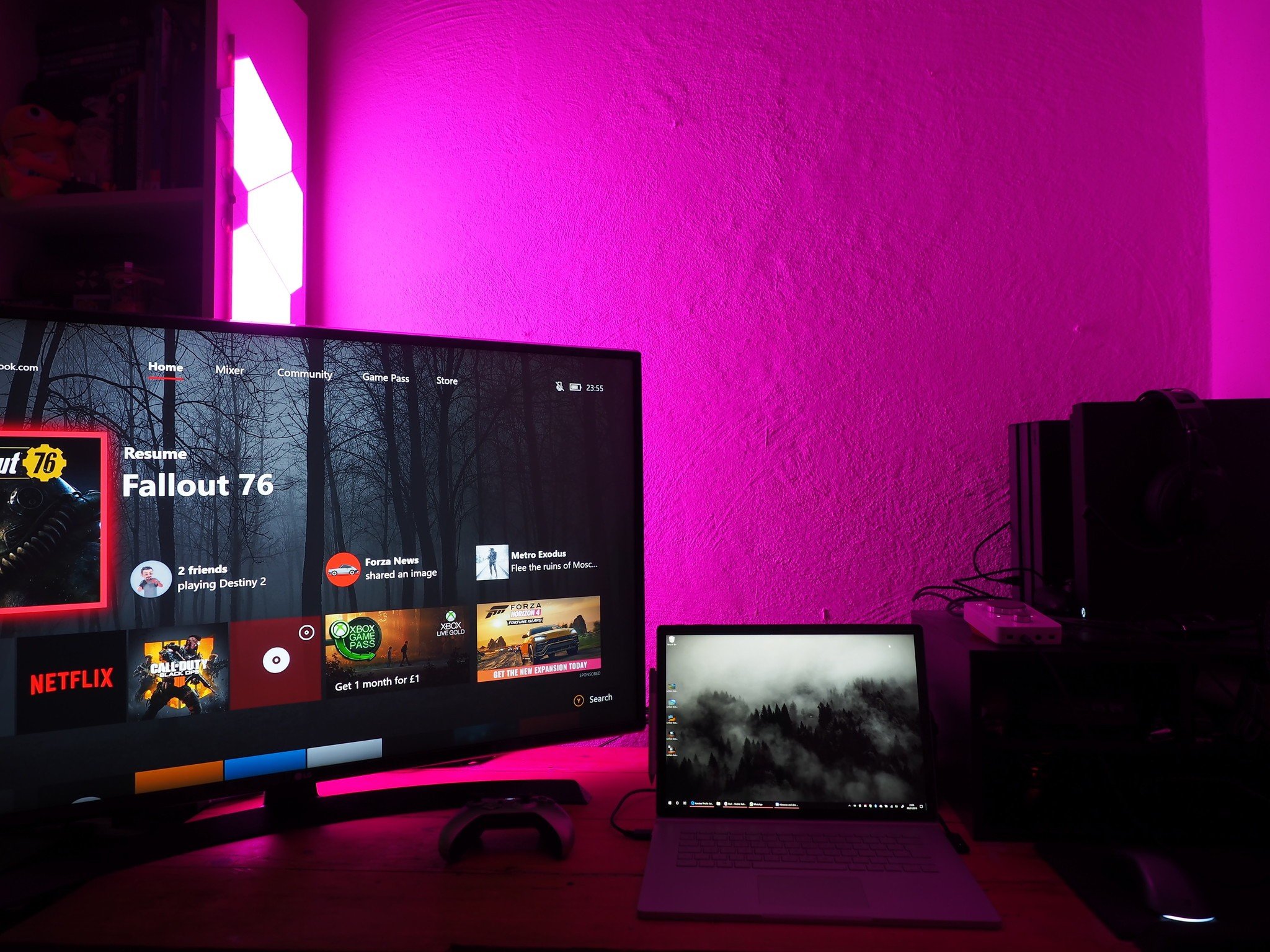The Nanoleaf Light Panels light kit is a staple of fancy office battle stations, allowing users to customize the ambiance and mood of their home spaces. However, I found myself intrigued for another reason: Razer Chroma integration.
For those who don't know, Razer Chroma is a system that allows video games to synchronize up to Razer's lighting platform, typically used in the company's mice and keyboards. Razer doesn't make its own smart lights (yet), but it does allow Chroma to sync up with third-party offerings, including Philips Hue, and of course, Nanoleaf.
So just how good are the light panels in real life, though? Read one.
Epic lighting for every occasion
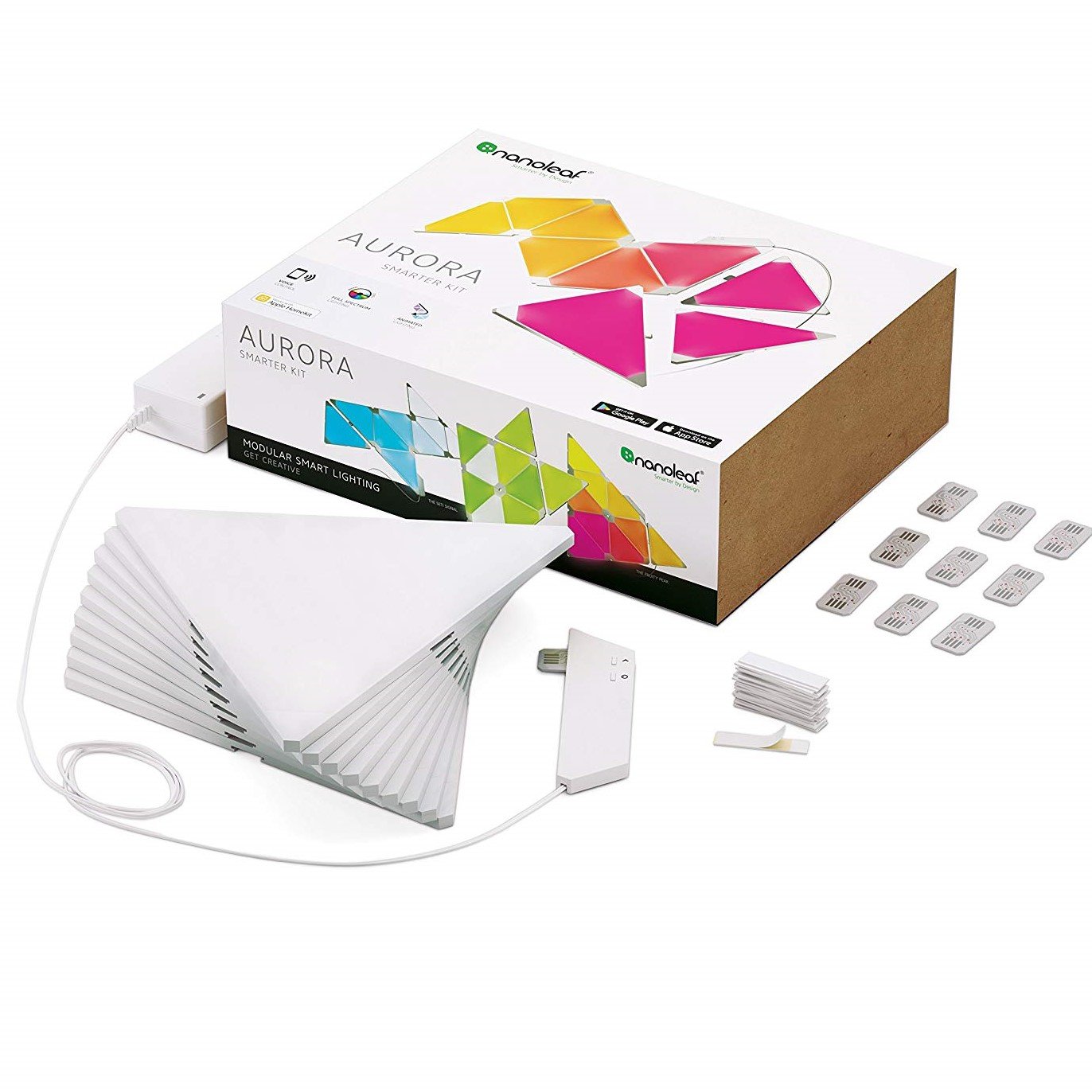
Nanoleaf Light Panels
Bottom line: If you have the right walls for it, the Nanoleaf Light Panels kit is a gorgeous bit of home tech for any connected-home fan.
Pros:
- Impressive brightness without emitting heat.
- Huge array of color and moods.
- Basic functions are easy to connect and set up.
Cons:
- Quite pricey at $220 RRP.
- Razer integration is a bit clunky.
- Web interface is still in "beta," with no PC app.
What you'll love about the Nanoleaf Light Panels kit
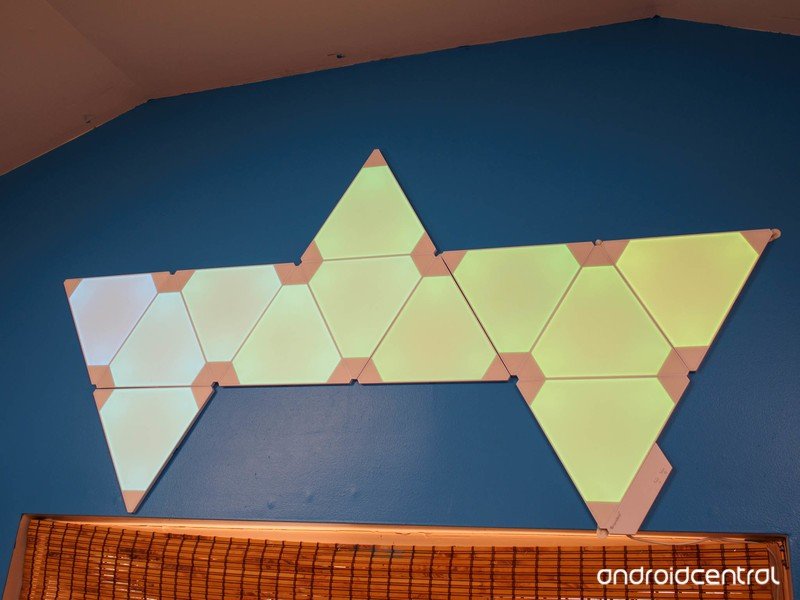
The Nanoleaf Light Panels kit is a fun addition to any home space, whether you're using it for gaming, office illumination, or creating a nice ambiance in the living room.
The starter kit comes with a generous amount of panels, complete with everything you need to get started on a smooth wall surface. It comes with dozens of 3M tape tabs that are more than strong enough for mounting purposes and are clean and easy to remove, simply by pulling on them. You can pretty much guarantee you're not going to damage your walls with this setup, if you have the right surfaces.
The panels themselves are lightweight and easy to connect. A simple paper tab with some metal connectors allow you to easily configure shapes to your heart's desire, with a shape-planning section available within the Nanoleaf app.
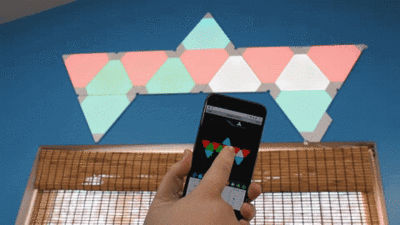
Speaking of which, the app, available only for Android and iOS, is required to pair the panels up with your Wi-Fi network. While it's a bit of a bummer that there's no PC app available to gain the same functionality, I'd wager the vast majority of us do in fact have Android or iOS devices on hand. The apps work well, in any case. My lights received my Wi-Fi data without a hitch and have remained fully paired without any issues since. I was a bit concerned over how the lights might handle all the radio congestion I have in my room, but I had no problem whatsoever.
Perhaps the coolest thing about the Nanoleaf smart lights is that they can sync up with Razer's Chroma SDK, allowing you to experience the same lighting effects from games that Razer's keyboards and mice get. In Frostpunk, for example, the room gets progressively "icier" as the temperature drops in-game, with warning flashes for emergencies. Overwatch, too, syncs up with the lights, giving you lighting indicators at key moments, like when your ultimate abilities are ready to use. I figured it was just a gimmick, but it not only works really well, it's quite fun and adds a dash of additional immersion to proceedings.
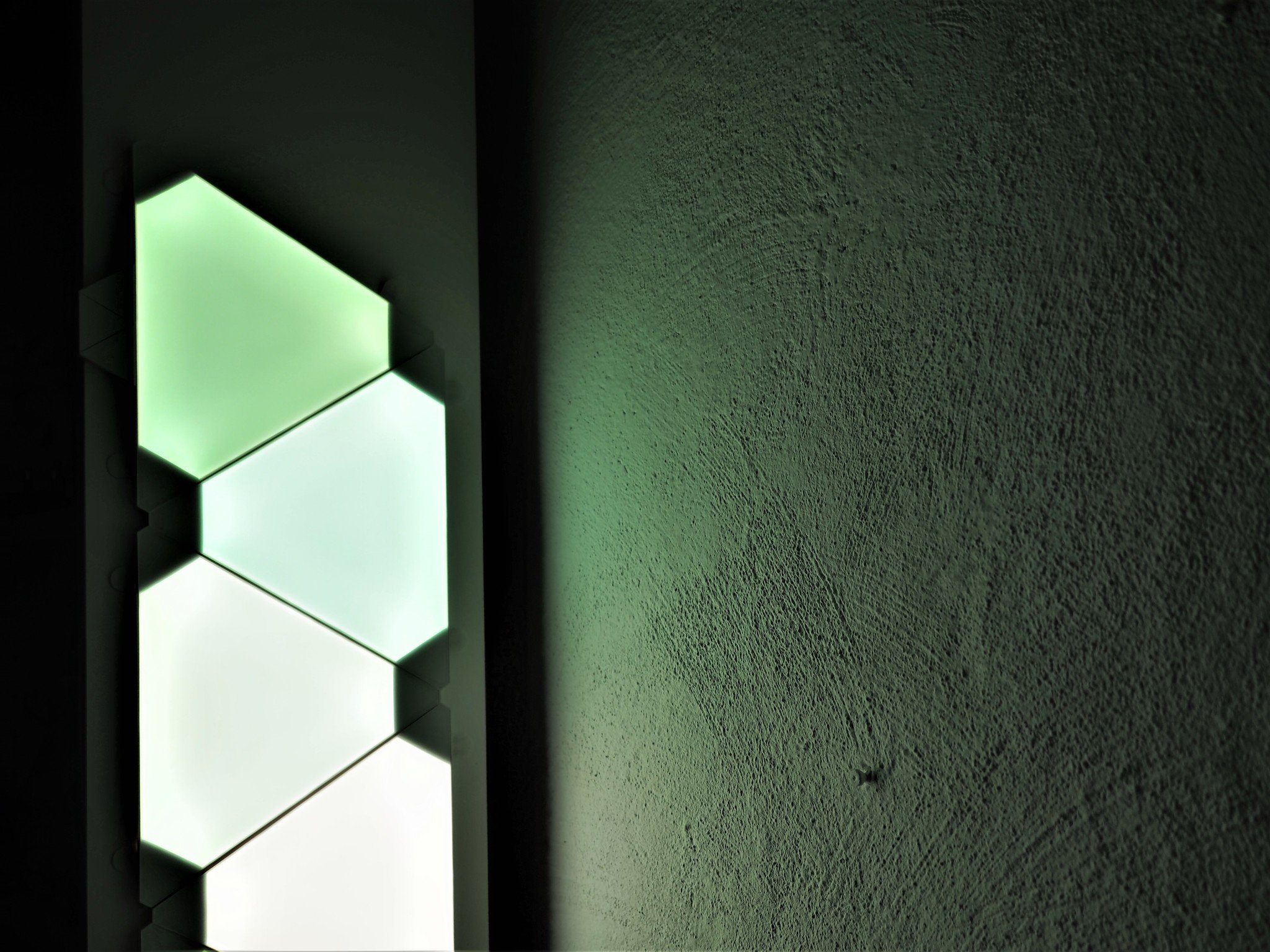
Beyond games, you can fully customize the colors and schedules your light panels use, as well as leverage services like IFTTT to create custom triggers. Cortana, for example, has no native integration with the Nanoleaf platform, but via IFTTT, I was able to set up several voice-activated light commands for use with my Harman Kardon Invoke speaker. IFTTT support adds a huge range of potential functionality if you're willing to dive into that rabbit hole.
There's little to complain about in general with the Nanoleaf kit. However, there are a few imperfections with the experience that Nanoleaf could rectify to elevate the rather pricey product.
What you'll dislike about the Nanoleaf Light Panels kit
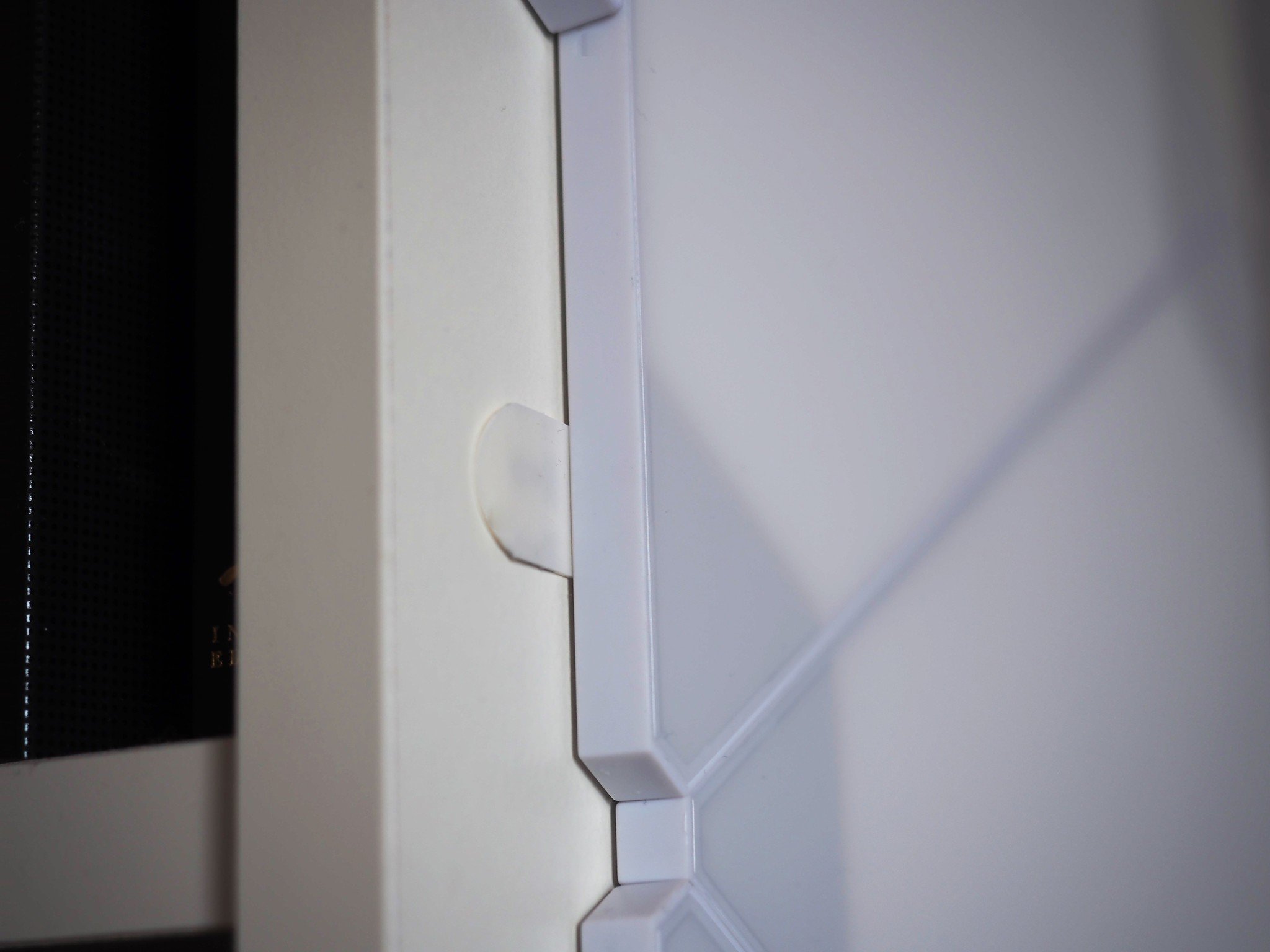
I don't have the best home setup for reviewing this product, but thankfully our friends at Android Central and iMore have also been using these panels for quite a while, on much more suitable walls, which is where some of our pictures come from here. Therein lies the first point of frustration I had with the product, if you don't have smooth walls for using the 3M double-sided tape, you're looking at drilling and an additional cost, with the Nanoleaf screw mounting kit. It's hardly Nanoleaf's fault whether or not you have the right type of wall surface, but it's worth noting. I slapped my panels on the side of a cabinet instead, for this reason.
Another problem I had with Nanoleaf wasn't necessarily in the product itself but in the company's website. Finding support for mounting and other issues wasn't exactly easy, with the company's own pages often linking out to YouTube videos that don't exist, or other pages that return 404 "not found" errors. Its own web interface for controlling the lights without an Android or iOS device is effectively hidden from plain sight, and it must be enabled manually via the associated mobile app's sync settings.
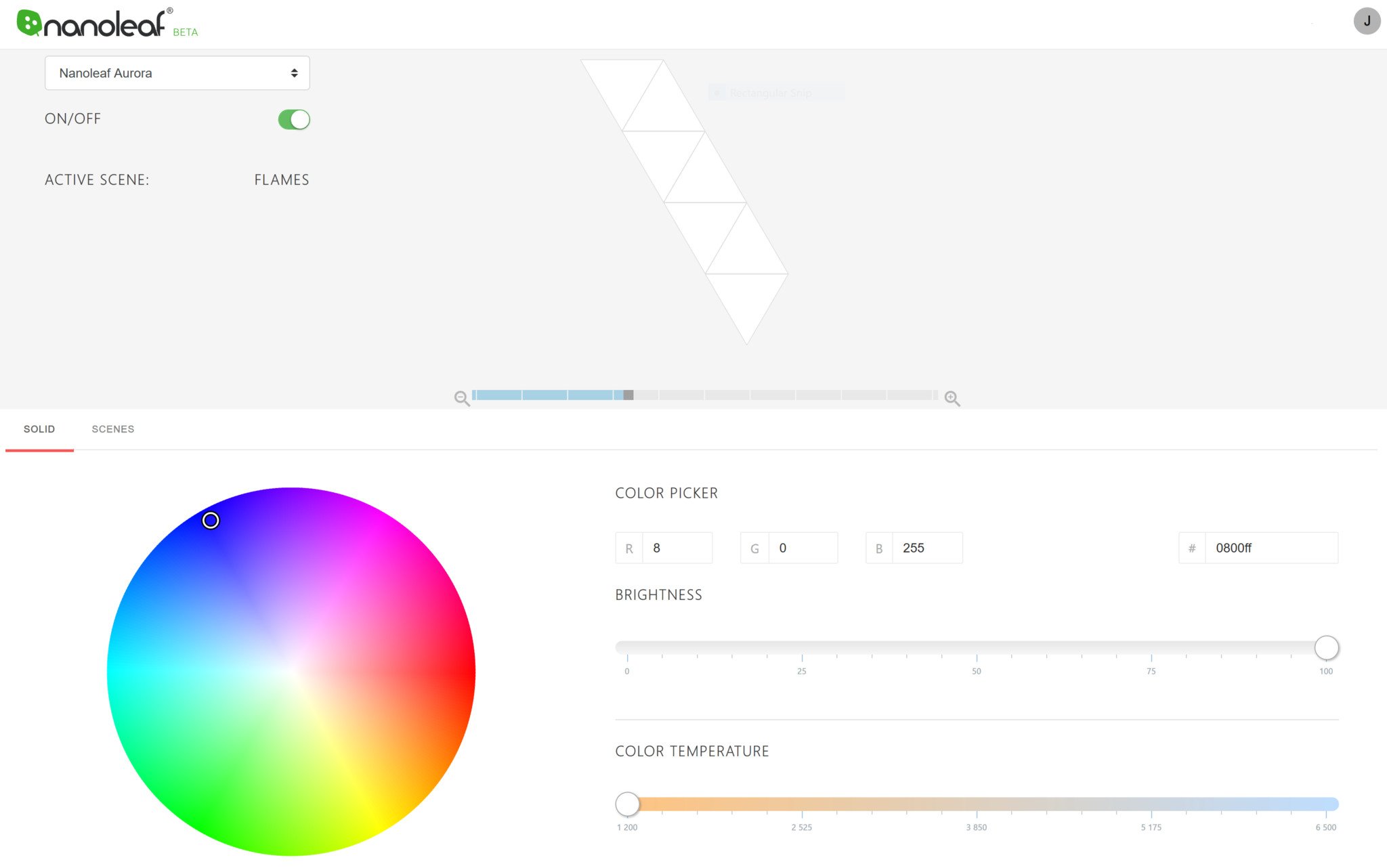
Speaking of clunky interfaces, actually getting the Razer Chroma integration to work properly with the Nanoleaf panels is awkward, using a self-extracting application from the Razer website. Additionally, it seems to only work via the Razer Synapse 2 software, while Philips Hue enjoys full-blown integration on Razer Synapse 3. You have to wonder how much commitment there is between Razer and Nanoleaf to keep this partnership going.
There's no way to configure the integrations, either, in terms of brightness, but once you get the pairing tool synced up it works well. Sadly, you also need to have a Razer Chroma product, like a mouse or keyboard, to get it to synchronize the lighting. You can't simply use it with the lights, at this time, which is a shame.
I wish Nanoleaf took its PC integration a bit more seriously, with a complete experience that incorporates the Chroma integration, as well as the platform's other features.
Should you buy the Nanoleaf Light Panels kit?
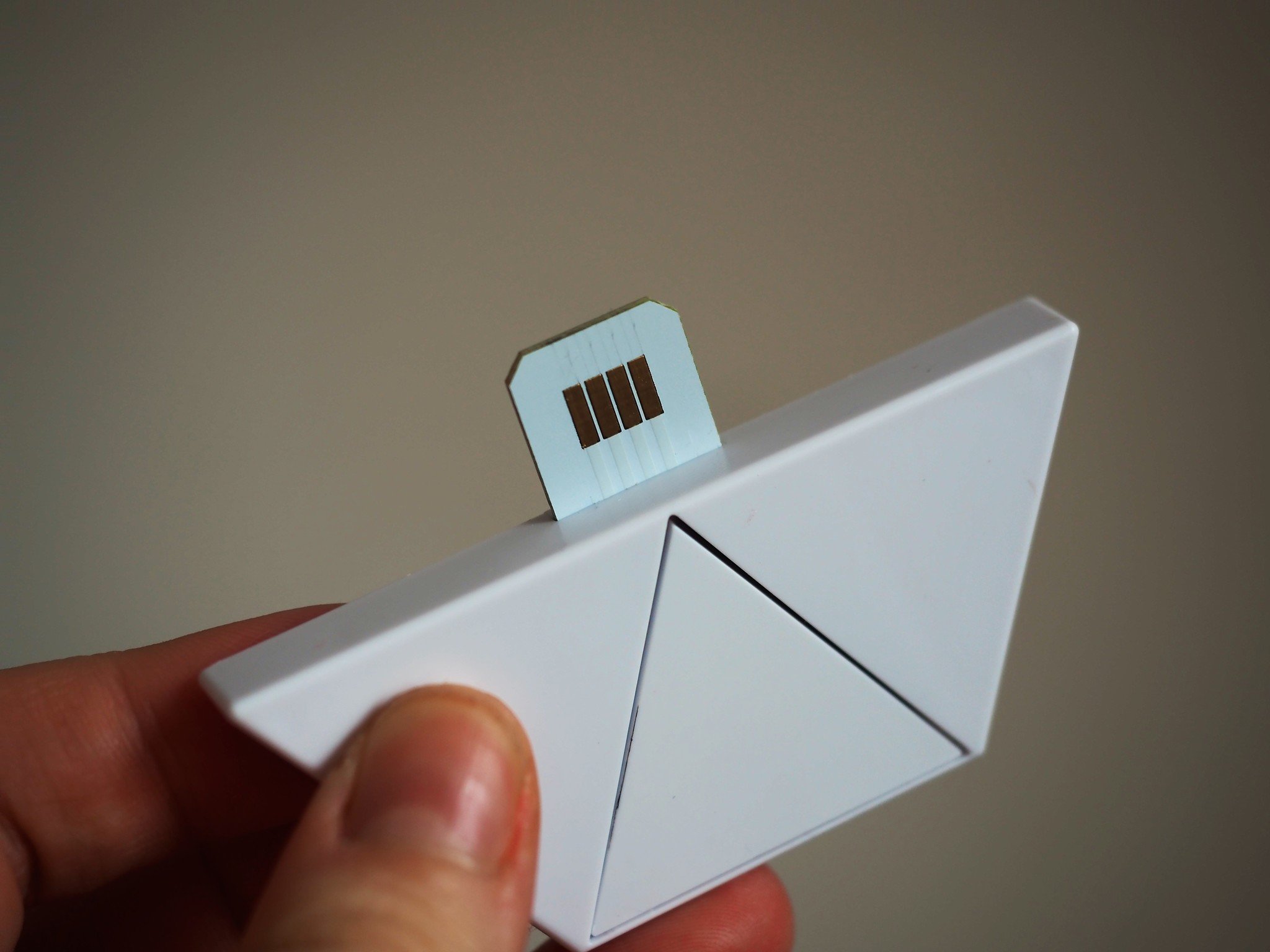
Whether or not you should buy the Light Panels kit probably boils down to price. Do you really need some colorful smart lights for over $200? I'd wager nobody really truly needs these lights, but if you have the money, you won't be disappointed. The product itself is very good, with quality materials, robust connectivity, and a wide range of configuration options. That said, the Nanoleaf PC and gaming integrations feel more like an afterthought than a core feature.
If you want to use these lights manually via the app or by setting up routines, you won't find any reason to be disappointed, if you can stomach the price. But it doesn't seem like the partnership between Razer and Nanoleaf is long for this world. Hopefully that will change.

Jez Corden is the Executive Editor at Windows Central, focusing primarily on all things Xbox and gaming. Jez is known for breaking exclusive news and analysis as relates to the Microsoft ecosystem while being powered by tea. Follow on Twitter (X) and Threads, and listen to his XB2 Podcast, all about, you guessed it, Xbox!
